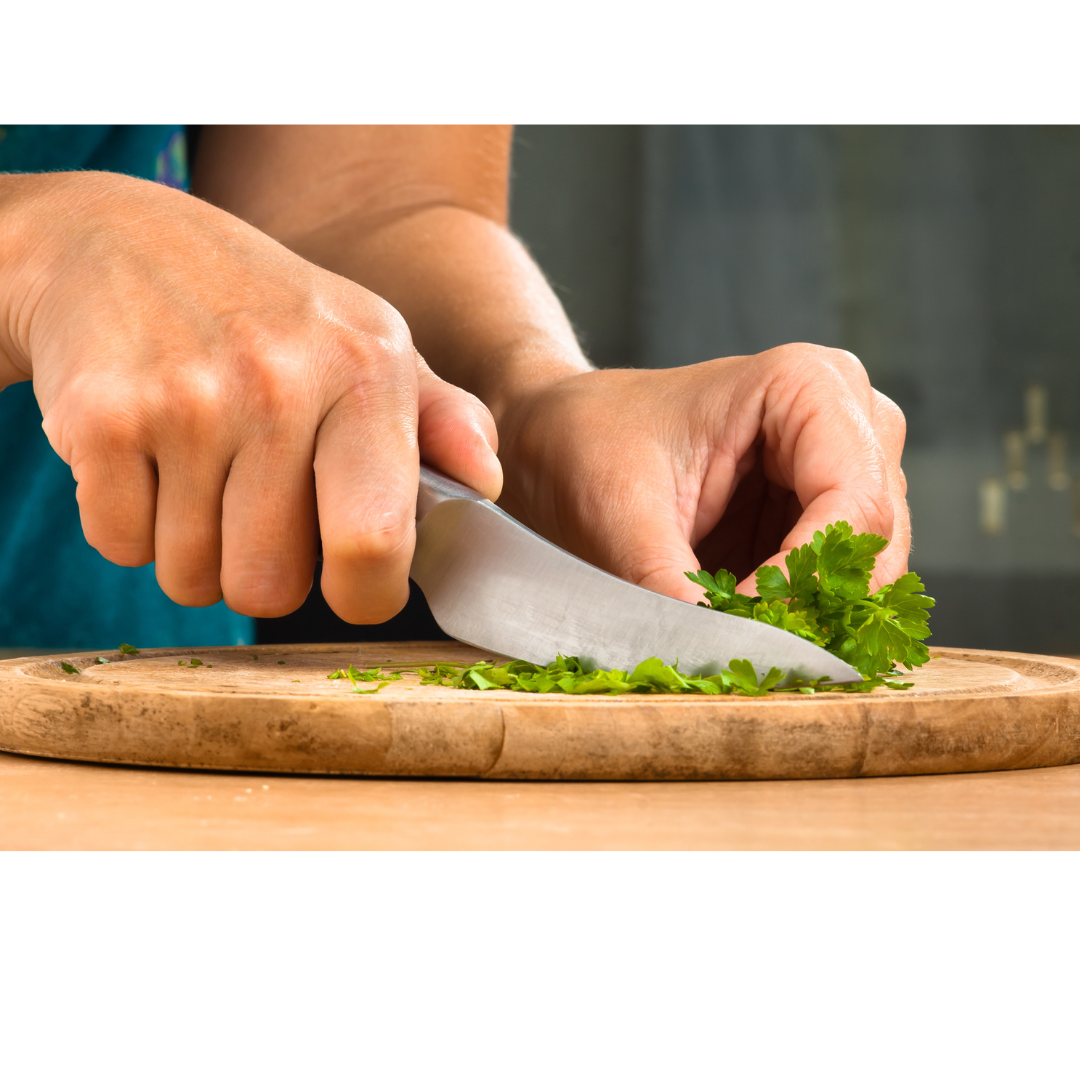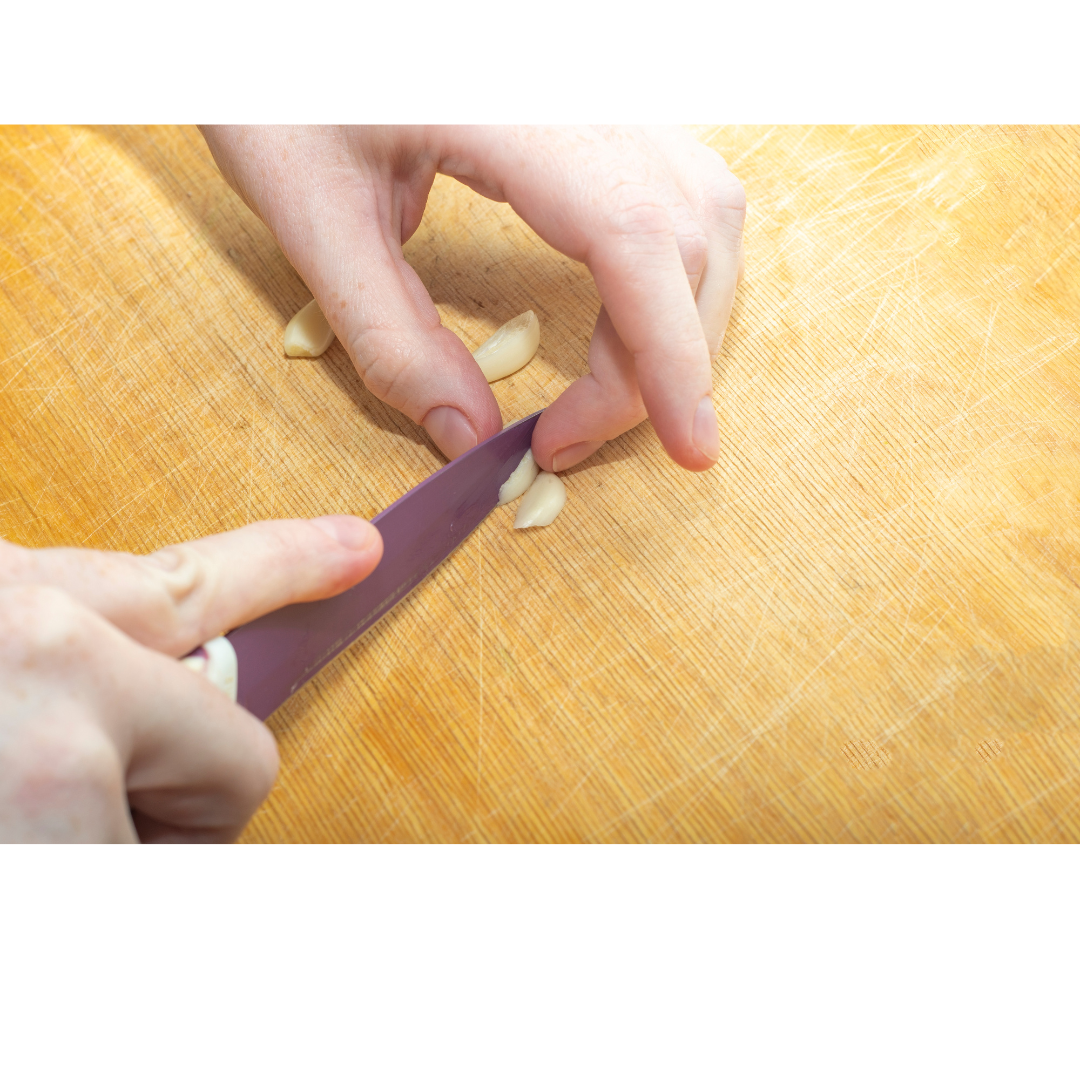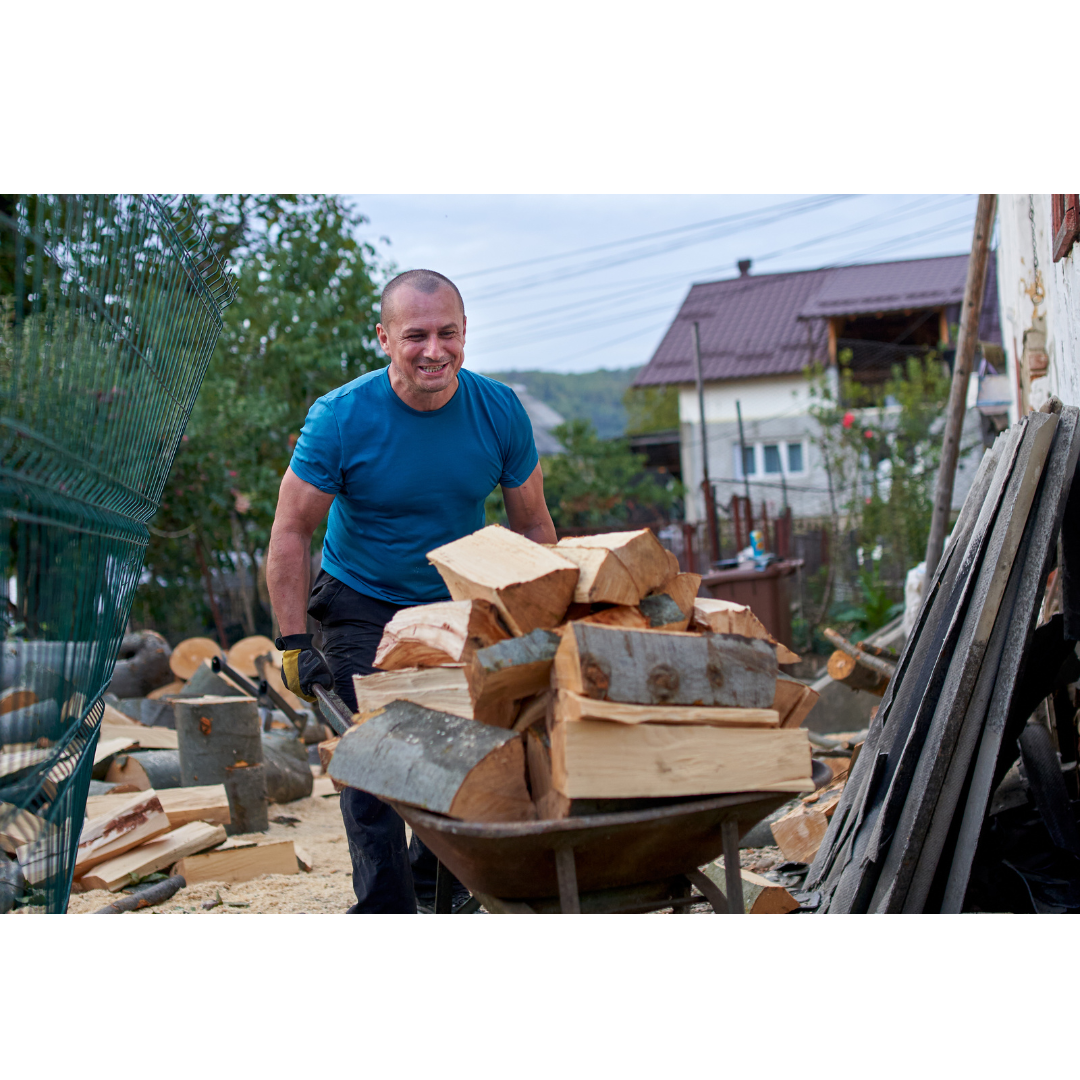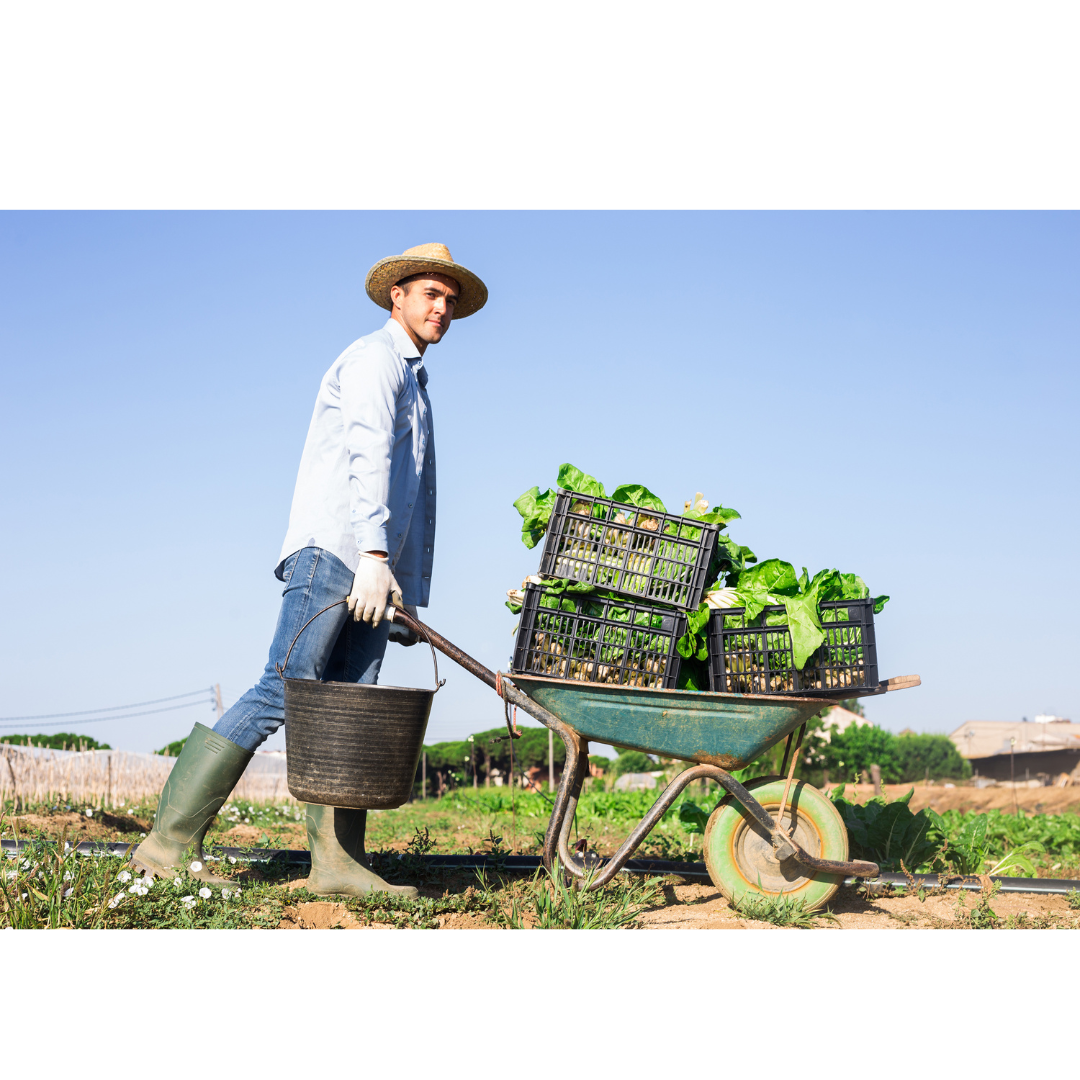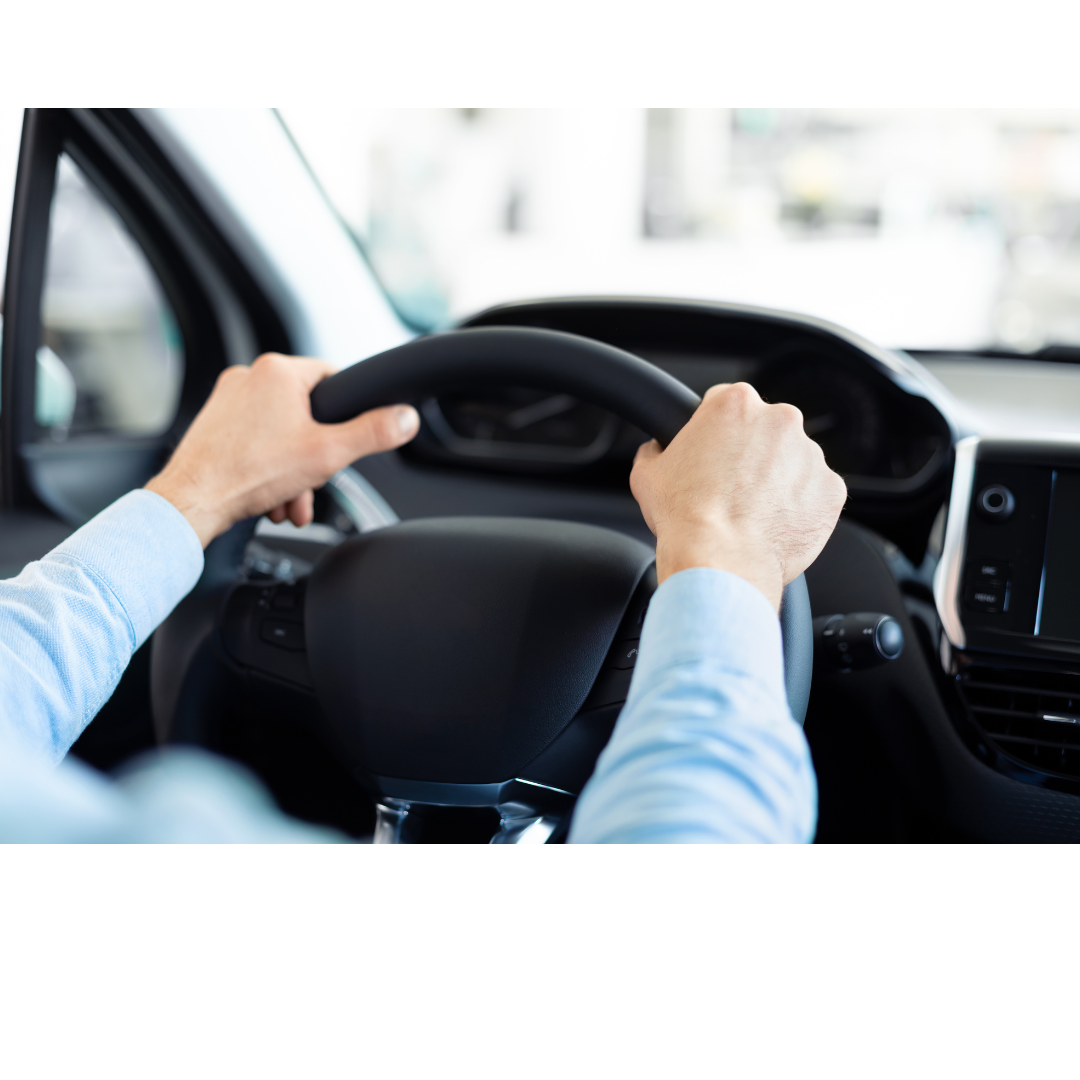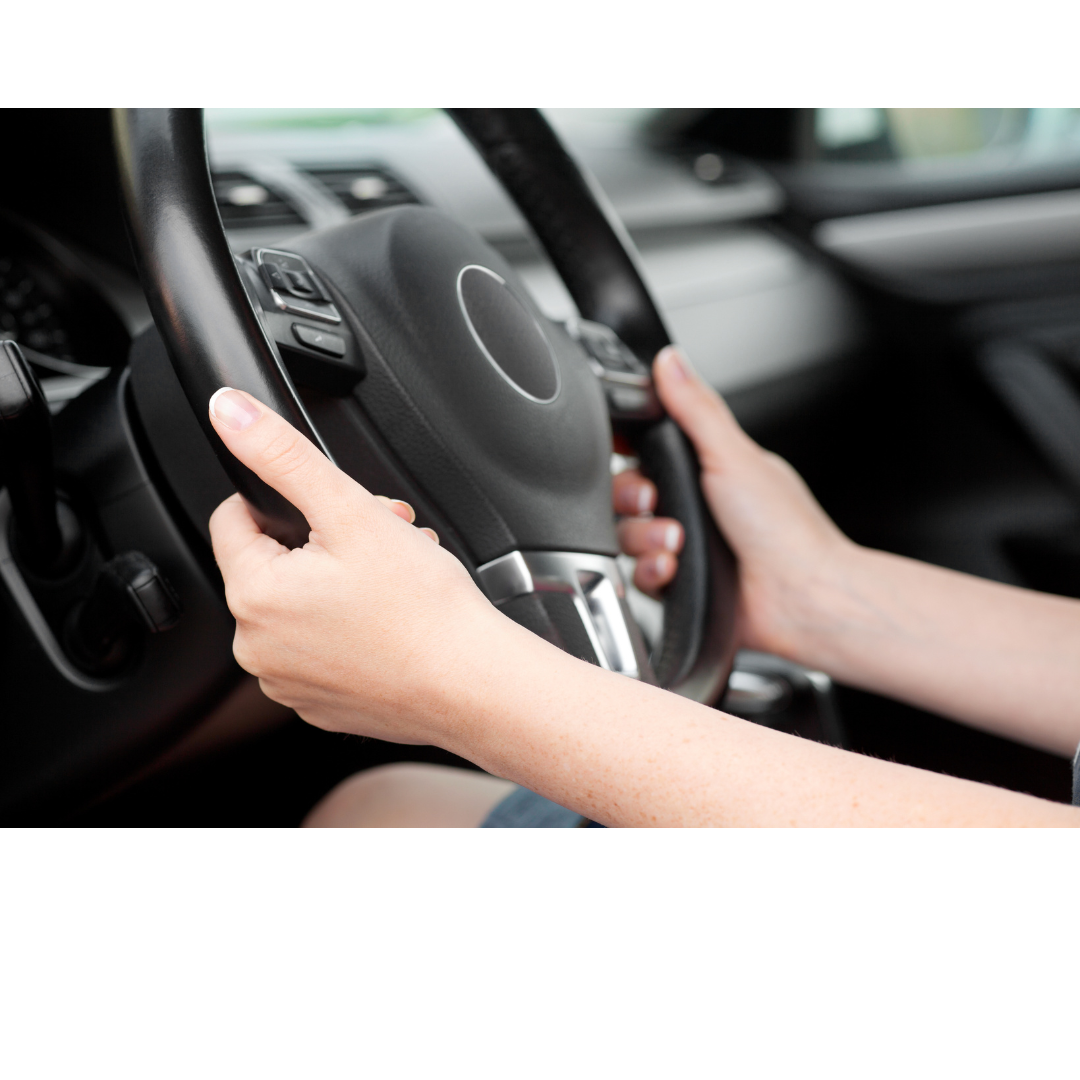How to hack dominant upper traps!
The upper trapezius muscles can be some of the keenest muscles in the body - willing to do everything and anything to ‘help’, even when loads are way beyond their long-term capacity.
Overly dominant upper traps are one of the commonest factors in neck and shoulder pain, headaches, migraines, upper back tension, restricted movement, and forwards head posture.
Using these muscles to do everything is a super easy habit to get into, and a really challenging one to break.
They’re a major contributor to upper crossed syndrome (muscles of the shoulders, neck, and chest are out of balance — some too weak and some too tight) and the front to back support imbalance that characterise this common condition.
Commonly we see people who have been given strengthening exercises in an attempt to address imbalance…only to end up in more pain or restriction. This is because dominant muscles are exactly that - their innervation and activation occur first, so strengthening practices often simply strengthen the existing habits that cause the pain in the first place. We often see people for yoga therapy as a last resort when regular massage, acupuncture, or chiropractic treatment helps, only for symptoms to return between visits. This is where a combination of bodywork and repatterning practice can really help kick the habit…and the pain.
We’ve got lots of tricks, tips, bodywork therapies and repatterning movement practices that can help you to:
Notice habits
Learn to change the way you move
Develop new functional movement habits
Balance muscle activation and strength
Limit, if not prevent pain and restriction
Here are a few of our day-to-day movement ‘hacks’ that can help to de-load keen muscles, and teach other functional muscles to wake up and help out a bit more. After all, it is their job!
Kitchen work
Try changing your hand position when chopping or slicing:
First hold the knife in a grip (L hand picture), chop for a minute or so and notice how active your upper traps are
Then change the grip to place your index finger along the spine of the knife (R hand picture)
Try chopping or slicing for a while with this grip and see if it feels any different for you
The index finger grip is far less likely to fire up the traps and contribute to neck and shoulder tension
carrying load
Typically in garden activities but really anything where your shoulders lift up towards your ears when holding or carrying load. Whilst the upper traps are keen, they’re nowhere near as strong as your lats or core muscles - and these have far more change of getting involved when load is lowered to be closer to your centre, with shoulder blades wide and relaxed.
Notice how the elbows are bent in the first (L hand) picture, activating upper traps and biceps
In the other picture the arms are extended to a natural length, shoulders are almost weighted down into a relaxed yet functional position. Upper and lower arm muscles are equally engaged, and the lats will be helping to support the load and stabilise the spine as the load is moved
driving
Don’t tell the driving instructors, but the typical, safe way to hold a steering wheel at the 10 and 2 position (L hand pic) is a sure fire way to activate dominant traps when there really is no need.
IF you can safely control the wheel with your hands lower on the wheel, with your palms directed in towards the wheel with thumbs resting on the outer wheel, your shoulders will naturally relax downwards.
Even if this position is saved for longer distance, straighter road driving, or those moments resting at the lights you might be surprised to feel less tension and greater ease by adding in these tricks to your travels.
We’ve got lots more activity hacks and home-based practices you can learn to change the way you move:
Dermo neuro modulation body work
Movement repatterning with yoga therapy
Rehabilitation and recovery programmes
Yoga therapy for the neck and shoulders group classes
Manual lymphatic drainage
Massage therapy
Contact us for more info team@movewell.net.nz

